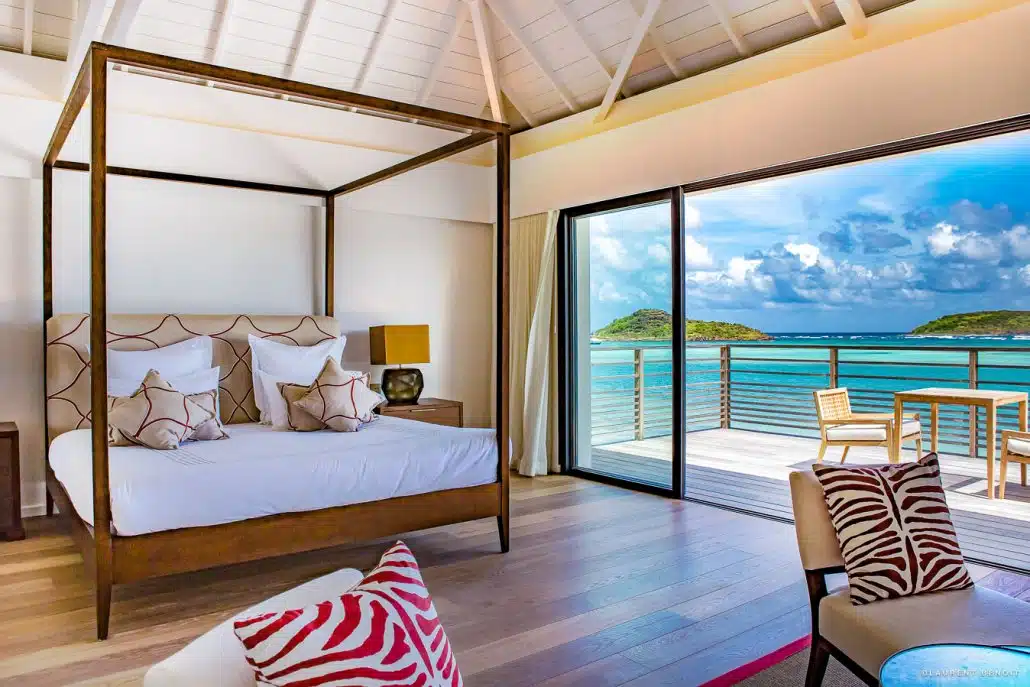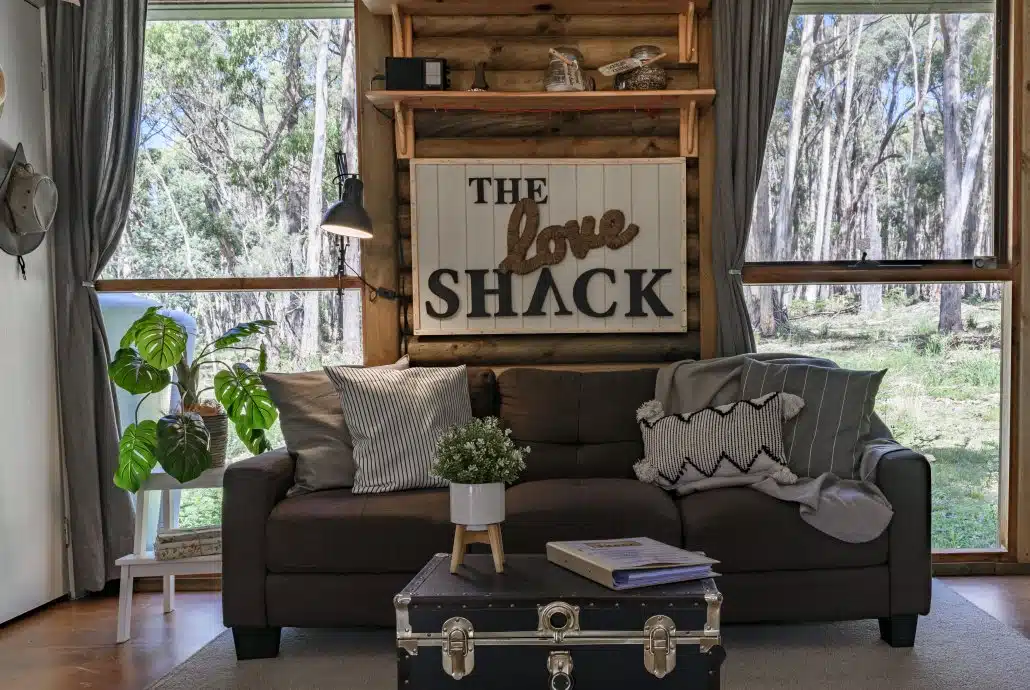This is a guest post by Rented, developer of ART, the Automated Revenue Tool built for vacation rental management.
One of the key elements of an optimized vacation rental website is your individual property listings. By the time a potential guest reaches a listing page, your job is to draw them in and entice them to book directly on your website.
While creating a detailed property listing may seem like a low priority, it can actually have a huge impact on your business. And not just from a guest’s perspective either: Homeowners want to see their home portrayed in its most flattering light. Even the software we interact with, like OTA websites and search engines, treat vacation rentals with top-notch listings more favorably than those with scant listings.
Let’s break down the essential parts of an engaging vacation rental property listing and what you can do to make it extra-enticing to guests.
High-Quality Photos
Photos are the first thing people gravitate towards when looking for a vacation rental. They want to feel inspired and visualize themselves staying at the property. They also want to scope out the property for logistical reasons: Where are all the beds located, what kind of kitchen they’re working with, the accessibility, etc.
Here are a few tips for providing your guests with high-quality photos of your vacation rentals:
Hire a Professional
When it comes to getting the best quality photos possible, it pays to hire an actual real estate photographer rather than snapping pics with your iPhone. Real estate photographers have the right equipment and the experienced eye to display your short-term rental properties in the most appealing light (literally) and set the scene to feel welcoming, homey, and ultra appealing.
Don’t Skimp on the Photos
OTAs allow up to 50 photos per listing (Airbnb offers space for up to 100!). While you don’t have to go crazy (especially for smaller rentals), make sure that you’re capturing all the main rooms of the house, the amenities, and the exterior. A good foundation of photos could look like this:
- 2–3 photos of the exterior
- 2–3 photos of the main living space
- 2–3 photos of the kitchen
- 2–3 photos of each bedroom
- 2–3 photos of each bathroom
- 2–3 photos of each additional living space
- 2–3 photos of the key amenities
- 2–3 photos of the view (if applicable)
- 2-3 photos of the exterior in different seasons
- 2-3 photos of the exterior and amenities (if applicable) in twilight

Set the Scene
Each property should look its absolute best on photo day. A professional photographer with a great camera on a bright, sunny day can only do so much. You’ll want to make sure that the property is clean (of course) and dressed in its nicest linens (if your sheets and towels are looking a little shabby or outdated, now is the time to update). Turn on all the lights, put down all the toilet seats, and hide any items that may be tacky or too “lived in”, like cleaning supplies or personal photographs.
Add a Virtual Tour
Virtual real estate tours, like the ones offered by our friends at Truplace, are all the rage right now, both for potential home buyers and vacation rental guests. A virtual tour gives guests a sneak preview of the home’s layout beforehand and provides a more thorough look inside the property, offering another chance to capture the house’s charm.
Take a Few Staged Shots
In addition to your standard shots showing sleeping arrangements and layout, a few staged shots can be an excellent way to feed your guests’ fantasies about their vacation. This can look like setting the table for an imagined meal, setting up the living room with cozy blankets and a bowl of popcorn for movie night, or setting up wine glasses and a plate of snacks on the deck overlooking the ocean. These vignettes can make a difference in conversion.

Add Captions for Accessibility and Additional Description
Captions under your photographs can be a great way to add a little flair to your photo reel. It can be an opportunity to evoke an emotional response from your potential guests or even highlight an amenity. Photo captions also provide accessibility to people who may be sight impaired or whose computers can’t load high-res images. And you can make photo captions work extra hard by strategically adding keywords to improve SEO.
A Property Description
An engaging vacation rental property listing needs a strong description to add depth and detail. Your property description can act as a place to highlight things you can’t capture in photos, like the property’s distance from local attractions or why guests love to visit this area in the first place. Additionally, the description of the property is your most valuable SEO opportunity and helps with search in OTAs too! Here are some dos and don’ts for writing an informative property description.
DO Use Bullet Points for Brevity
Given how people absorb their online content these days, aim to keep your property descriptions as short as possible. Remember that a property description is really a supplement to the pictures, so you don’t have to detail what a guest can already see. Use bullet points to highlight the most essential information right at the top of the description for scannability.
DO Highlight the Area Around the Property
Use the property description to tell guests what’s around the property: how far it is to the beach, where to pick up the shuttle to the gondola, how close the nearest coffee shop is, any beloved eateries nearby, and so on. You can also highlight your market’s biggest events and the property’s proximity to the action. For example, a Park City vacation rental may share how easily guests can get to Sundance Film Festival events, or Boston vacation rentals may detail how far a property is from the starting line of the Boston Marathon.
DON’T Use the Description to Detail “House Rules”
The property description is a place to entice guests to book. It is not a place to spell out house rules (e.g., no kids under the age of 12 in the sleeping loft, no shoes in the house, stay off the landscaping), directions to the property, or how to use a particularly finicky washing machine.
DO Hire a Professional Writer (or at Least a Proofreader)
Just like hiring a professional photographer, a professional copywriter knows all the proper techniques to convey the necessary information in an exciting way. If you feel like you or a member of your staff can take care of writing the descriptions, at least consider hiring a proofreader to make sure you’re using proper grammar and as few all-caps as possible (NO NEED TO SCREAM AT YOUR GUESTS, NO MATTER HOW EXCITED YOU ARE).
Amenity Tags
Using amenity tags can be a helpful way to organize your properties for searchability, both on your site and on OTAs. This can make it easier for guests to narrow down their search based on specific criteria, like pet-friendly units or a property with a hot tub. Plus, they can give you an extra SEO boost on top search engines. Be sure your listings on all OTAs have appropriate tags, as users on the sites are checking these prior to submitting a search. Is the listing at the beach? Check beach view, water view, waterfront, beachfront, and any other features. A searcher may not think they can afford beachfront and might only check beach view – but if your listing is priced correctly, you could pick up additional lookers (and bookers!)
Direct Booking Option
Your guests found the property they like, and now they’re ready to book. You’ll want two things for this: A calendar view and a direct booking option, particularly on your vacation rental management website. Submitting a request to book is no longer a viable option—it adds a step for the guest and adds work for your team, creating a poor user experience and endless frustration if guests don’t receive a prompt response.
By taking the time to make your short-term rental property listings detailed, engaging, and informative, you can more easily entice guests to book.





